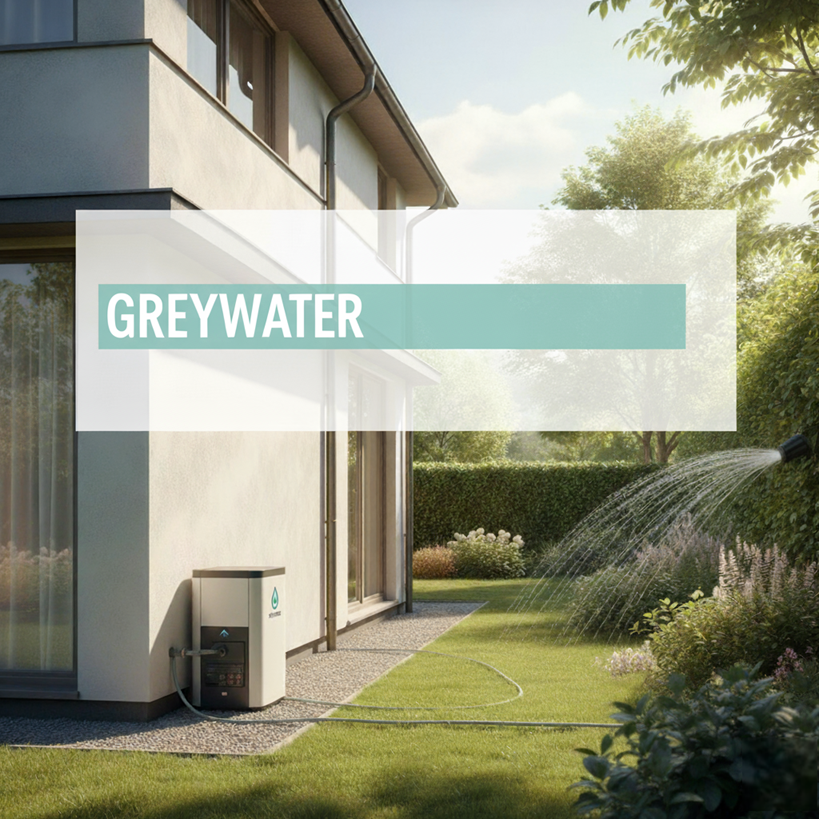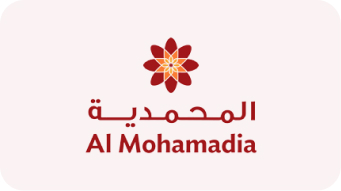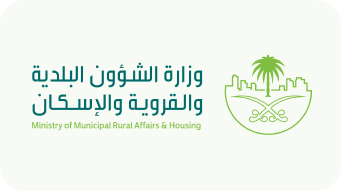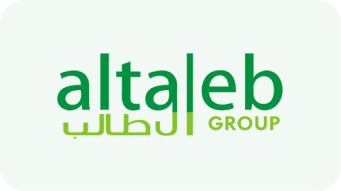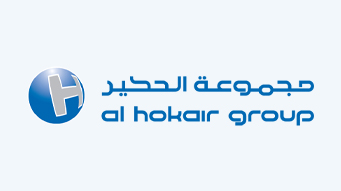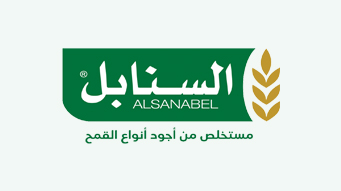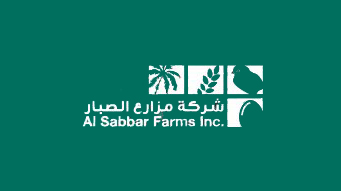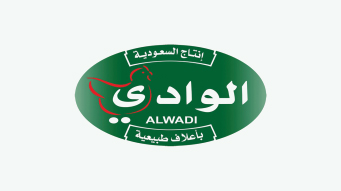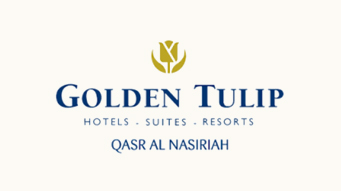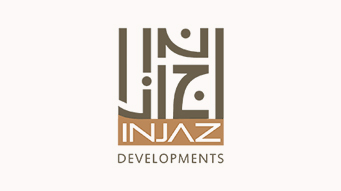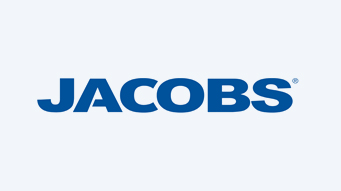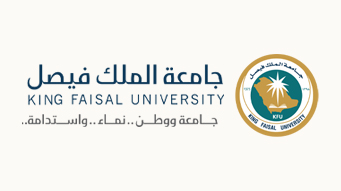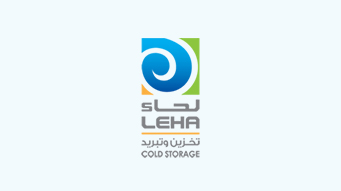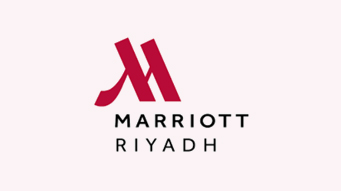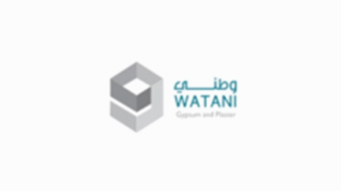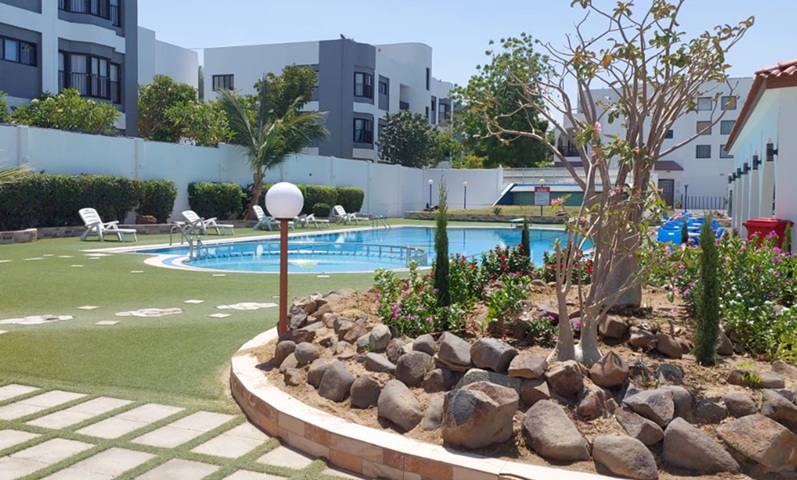
Challenges and Limitations of Greywater Treatment in Luxury Residential Complexes
Despite the numerous benefits of greywater treatment in luxury residential complexes, there are still challenges facing the deployment of greywater treatment systems. Financial barriers, technical maintenance requirements, and regulatory uncertainty can discourage homeowners from adopting them.
Read also: How Can Greywater Treatment Increase Property Value?
In addition, public perception and awareness of greywater treatment systems often impact their acceptance and effectiveness. This highlights the need for education and building trust within local communities to promote these sustainable solutions. Overall, greywater treatment is a critical strategy for enhancing property value while addressing pressing environmental concerns.
Challenges and Limitations
The adoption of greywater treatment systems faces several challenges and limitations that may hinder their effectiveness and widespread adoption.
Financial and Economic Barriers
One major barrier is the financial viability of greywater treatment systems. The initial installation costs, coupled with ongoing maintenance expenses, can discourage homeowners and municipalities from adopting these systems. In many cases, potential users lack access to government support or green financing options, particularly in emerging economies, which can limit their ability to invest in these technologies.
Furthermore, without attractive ROI models, many municipalities and SMEs may delay or even cancel their projects due to perceived financial risks.
In the context of luxury real estate projects in the Kingdom, the initial cost of a graywater system itself is not the biggest obstacle. The lack of direct government incentives or mandatory design standards is a challenge. Despite awareness of the sustainability benefits, developers may be reluctant to incur installation costs during the construction phase unless there are binding building codes or clear differential advantages in the licensing process. Furthermore, the savings in water bills for individual consumers may not be sufficiently attractive to offset the initial cost, given the government’s subsidies for water services. This weakens the short-term ROI model for villa owners.
Technical Challenges
Technical challenges also play a crucial role in the underutilization of graywater treatment systems. The need for regular maintenance, skilled labor, and consumables may be particularly evident in remote areas, where logistical costs can increase significantly.
Furthermore, many decentralized systems rely on advanced technologies that require skilled operators and engineers for setup, operation, and maintenance, which are often scarce in rural or developing areas.
This skill gap can lead to system failures and reduced public confidence. Communities may face long periods of downtime when repairs are needed.
In luxury residential complexes, other challenges arise, such as the limited space allocated for decentralized treatment system infrastructure within elaborately designed villas. Integrating these systems requires complex architectural and engineering interventions to ensure they do not affect the aesthetics of the property. Furthermore, the scarcity of local companies specializing in the installation and maintenance of high-quality, globally-compliant graywater systems in this sector complicates the operation and maintenance process and increases reliance on foreign expertise, which increases operational and logistical costs.
Regulatory and Institutional Issues
The regulatory framework surrounding graywater treatment systems often presents another obstacle. Many existing water treatment laws and quality standards are designed for centralized facilities. They do not provide clear guidance for small-scale or on-site systems. This lack of harmonized regulations creates confusion regarding licensing, compliance with discharge regulations, and water reuse permits, potentially hindering the adoption of graywater systems. Additionally, developers may face zoning and land use restrictions, complicating the implementation of these systems and further limiting their feasibility.
Public Awareness and Public Perception
Public awareness and public perception of graywater treatment systems can also pose challenges. Many communities remain unfamiliar with how these systems operate, which can lead to misconceptions about their reliability and safety.
Cultural taboos and safety concerns can prevent users from accepting treated graywater, even when it meets health standards. Surveys indicate that a large segment of the public is reluctant to consume or use treated graywater without clear labeling or government approval. This underscores the importance of building public trust through awareness and education campaigns.
National Trends and Case Studies in Saudi Arabia
An Overview of National Dynamics
In its pursuit of Vision 2030’s sustainability and water resource management goals, Saudi Arabia is demonstrating a growing and sustained interest in adopting graywater treatment and reuse systems. The adoption of these systems is driven by key factors, including chronic water scarcity, dry and arid climatic conditions, and growing awareness of the need to rationalize water consumption as a precious national resource.
Pioneering Areas: Megacities and mega-developments (such as NEOM and the Red Sea Project) are expected to spearhead the widespread implementation of these systems. Sustainability is a cornerstone of their design and operation, serving as model for water efficiency.
Urban Cities: High-density urban areas, such as Riyadh and Jeddah, are offering graywater solutions to alleviate pressure on centralized desalinated water networks and manage the increasing demand for non-potable water (e.g., irrigation and cooling).
Key Drivers for Adoption
The shift toward graywater systems in the Kingdom is driven by strong economic, environmental, and social incentives:
Real Estate Sustainability and Value Addition: Homes and buildings equipped with graywater recycling systems (for irrigation or yard cleaning) are viewed as value-added properties. These systems not only reduce water and electricity bills (due to reduced reliance on desalination), but also enhance the attractiveness of real estate in the market, especially among investors and buyers interested in green building initiatives and energy and water efficiency.
Water Security and Vision Support: In the face of environmental challenges and water scarcity, the financial and environmental benefits of these systems motivate their adoption. This directly supports the national water security goals and sustainability initiatives outlined in Saudi Vision 2030 and contributes to the resilience and sustainability of urban and rural communities.
Recommendations and Proposed Solutions
To maximize the potential of graywater in supporting sustainability within Vision 2030, a set of focused recommendations must be adopted:
- Establish a binding and incentivizing regulatory framework: Regulators (such as the Ministry of Environment, Water, and Agriculture) must develop clear, mandatory standards for integrating graywater systems into all luxury residential complexes and new projects. This obligation must be accompanied by regulatory and financial incentives. Such as expedited government approvals or tax exemptions for developers who exceed minimum sustainability requirements.
- Support green financing and technology localization: Establish green financing programs from local banks and the Real Estate Development Fund to finance the installation of graywater systems for existing homes. Additionally, the manufacturing and services of these systems must be localized by supporting local companies specialized in providing high-quality installation and maintenance services. This reduces dependence on external sources and lowers operating costs.
- Build community trust and awareness: Implement national awareness campaigns focusing on the safety and security of treated graywater, emphasizing its role in supporting water security. Mega development projects (NEOM, PIF projects) can be used as showcases for the success of these systems in achieving well-being and sustainability.
Conclusion
Greywater treatment in luxury residential complexes is a critical strategy for enhancing real estate value. And achieving sustainability goals in Saudi Arabia. While regulatory, financial, and technical barriers pose challenges, addressing them through clear government vision and effective institutional support is key to transforming these challenges into opportunities to support water security and contribute to a more resilient and sustainable urban environment.

